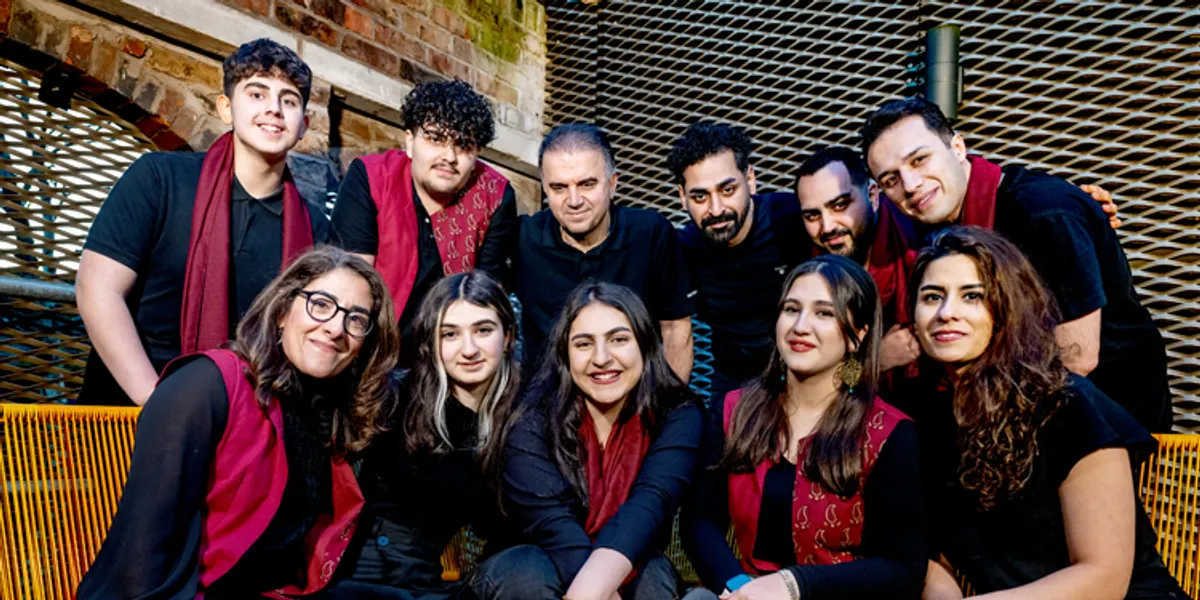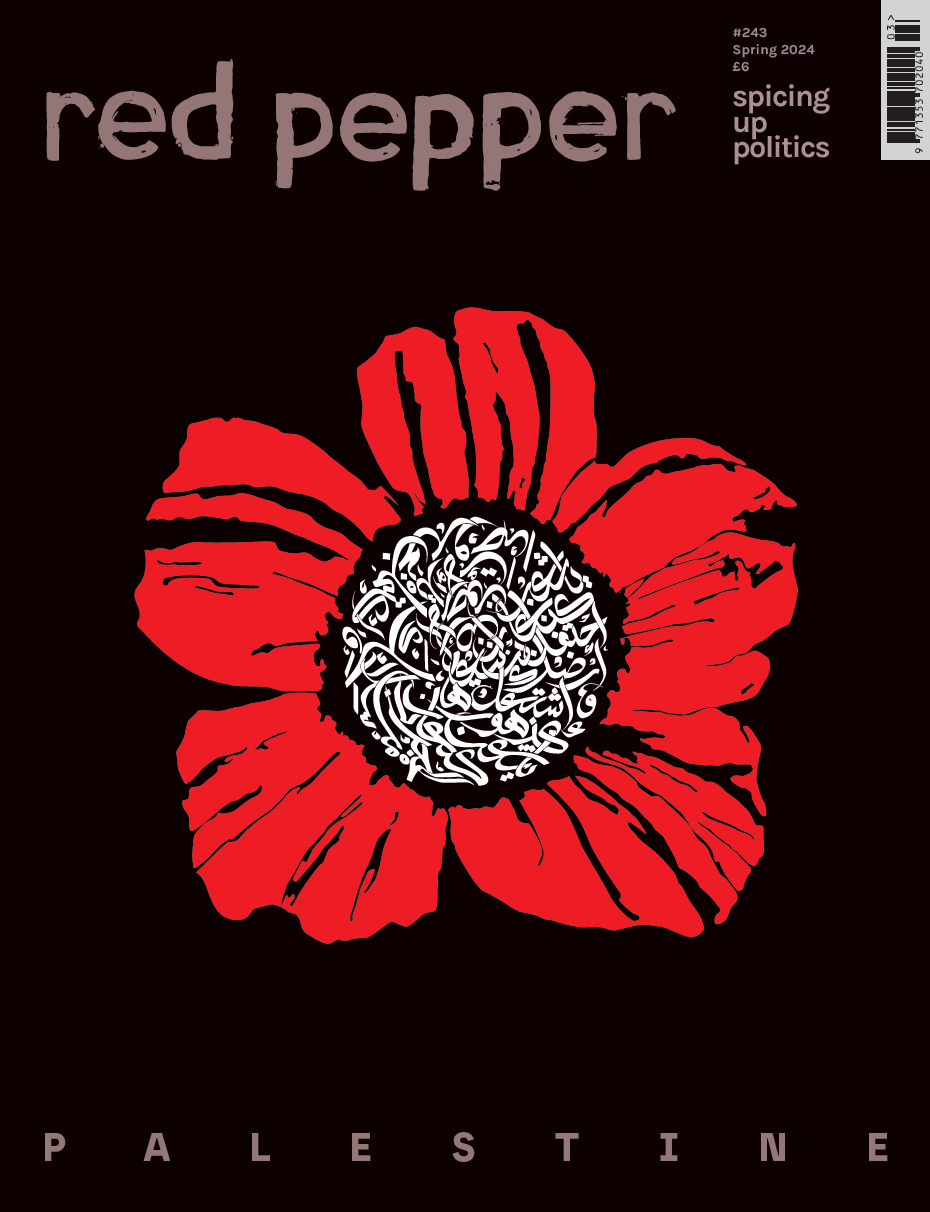Hamsaz got together the November before lockdown. We were all students of Sahba Academy in Levenshulme, Manchester, where they teach Iranian traditional instruments. Our instructor said, ‘let’s put a group together!’
Our love for raising awareness of Iranian folk music and culture has created an amazing connection between us. We are men and women, aged from 18 to 75, from very different backgrounds, with different lives. I’ve lived in Manchester for nearly 25 years; a few members were born here and hardly speak Farsi, but sing in Farsi. Penglish – Persian and English – is our mix.
We don’t see ourselves as migrants. We think everybody is a migrant. Wherever you’re born, you move, like a bird. Maybe you’re born in Manchester, go to Sheffield for university, end up in London or Edinburgh for work. There is no difference. We’ve only travelled further distances.
Folk music is based on human life and storytelling. It comes with different dialects, languages, cultures, ways of dressing and of living. I was born and raised in Tehran. The capital city is like, ‘nowhere else matters!’ so I didn’t know much about traditional Iranian music. Being part of the ensemble, you learn different folk music from different parts of Iran. To be able to present that to an audience is an educational journey. It’s been educational for all of us. The reception from audiences has been exceptional; really open, joyous, curious.
The music scene in Iran has always been vibrant. It goes back hundreds of years, based on the Radif scale – one of the oldest established musical systems in the world. There have always been protests against the status quo and they have always been expressed through music. Artists respond to the times. It’s no different now. Now, traditional music combines with pop to attract a younger audience. For all the difficulties we hear and see in Iran, there are open concerts in big cities with thousands of people taking part. The government can’t pressure Iranians not to attend, because they’re frightened of revolution within. They’ve taken their foot off the pedal, slightly.
We raised awareness about the Women, Life, Freedom movement at our events. Three years ago, a young woman called Mahsa was detained in Iran for not covering her hair. She was released from detention with brain damage and she died. It sparked a massive movement. Women were on the road, on the street, without any scarves, protesting conditions. Youngsters were being murdered. It was very upsetting.
We displayed pictures of murdered women and men in our backgrounds [on stage]. Hamsaz had just started at that point. We told people that, in Iran, women cannot sing on their own for mixed audiences – they must have a choir or a male singer to sing with them. We had a young female singer explaining that what she was doing, on her own, was not officially permitted in Iran.
We also played a very old song that spoke to the moment. It is about 100 years old. We came across a recording of it by an Iranian female singer from around 80 years ago. I get emotional even talking about it, it’s called ‘Daughter of Iran’. The lyrics speak to you; touch every single fibre of your body.
The first time we rehearsed it we were all weeping. You realise that after 80, 100 years, the challenges for women remain the same – in the world and in the UK, not just in Iran – and it’s just so frustrating to see that. We keep trying to push against the challenges that we face, as female artists or as citizens of this world.
Freesia was speaking to Siobhán McGuirk










